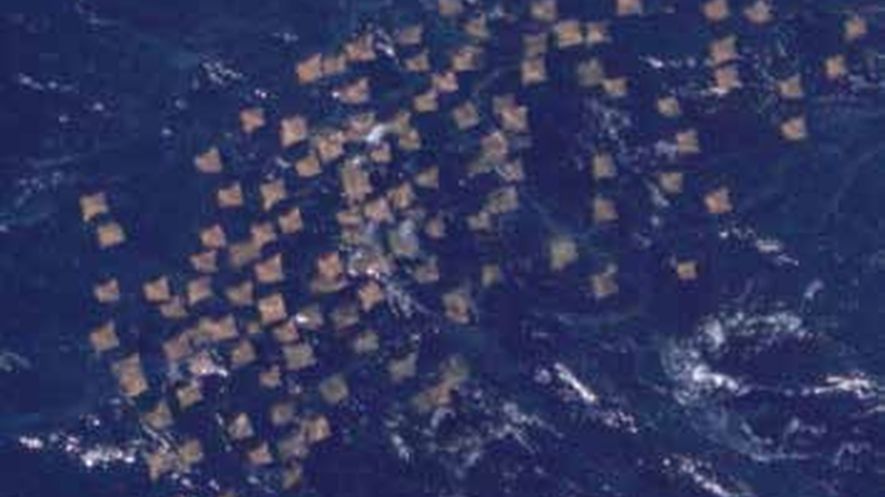Biodiversity Research Institute (BRI) and collaborators announce the results of a three-year, multi-state project that fills significant ecological data gaps on bird, marine mammal, and sea turtle distributions and movements. The goal of this project, one of the largest of its kind ever conducted, was to improve the understanding of species composition and use of the mid- Atlantic marine environment in order to inform sustainable offshore development in the mid- Atlantic United States, from Delaware to Virginia.
Funded by the Department of Energy’s (DOE’s) Wind and Water Power Technologies Office in 2011, with additional support from a wide range of partners, the Mid-Atlantic Baseline Studies Project represents an extensive collaborative effort between government agencies, universities, nonprofits, and private industry. In 2013, boat and aerial surveys were expanded off Maryland’s Atlantic coast.
According to the DOE blog , Innovative Study Helps Offshore Wind Developers Protect Wildlife, “The results provide a new tool to help regulators, resource managers, researchers, and developers minimize issues during offshore wind siting and permitting processes, as well as informing natural resource management and conservation efforts...As a model for future studies, the results will be used to make environmental management decisions by a variety of stakeholders, including government agencies, developers, environmental consultants, and nonprofits.”
“This comprehensive study is important because we now have baseline data that will become a foundation for making well-informed environmental management decisions,” said Kate Williams, director of BRI’s Wildlife and Renewable Energy Program and lead researcher on the project. “With the help of our collaborators, we also made a variety of technological, methodological, and analytical advancements to move the state of technology forward for future wildlife studies. This project is a model for future studies of its kind. This type of large scale baseline study, and the focus on methodological development to improve future environmental studies, doesn’t happen without sustained support from federal and state agencies.”
A spokesperson from US Wind, Inc., a company that holds the lease for a planned commercial- scale wind energy area offshore of Maryland, said “The results of these surveys, studies and data sets provide an important starting point in the understanding of the Mid-Atlantic Bight. This vital foundational step will help offshore wind developers better understand how to minimize the impacts while at the same time embracing the responsible development of offshore renewable energy sources in an effort to replace land-based carbon sources. US Wind, Inc. encourages continued funding and support to study further this important marine habitat, as we look forward to installing and operating our offshore wind farm in the Maryland Wind Energy Area based on the best practices and in the most environmentally responsible manner possible.”
Primary components of the Mid-Atlantic Baseline Studies Project included:
Key findings of the study include:
For more information about BRI’s Wildlife and Renewable Energy Program, click here.



